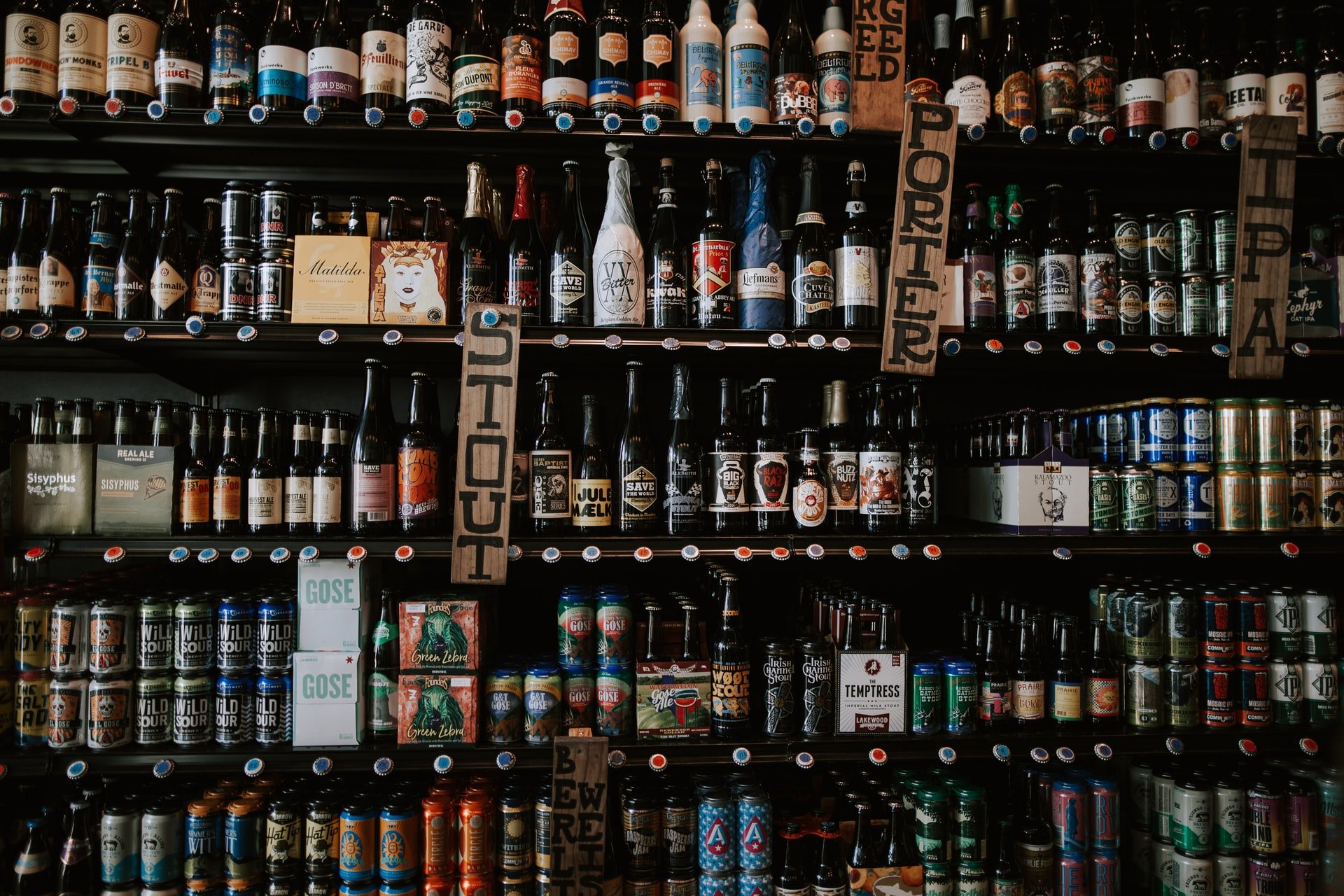Beer has come a long way since it was first observed as early as 4000 BC. It’s one of the oldest alcoholic drinks we know of because it was cheap and easy to make in large quantities. People would drink it to celebrate, mourn, and even use it as medication.
Globally, we’ve taken it with us throughout the ages. It’s difficult these days to find a restaurant that doesn’t serve a cold domestic beer. Synonymous with working people, beer has become an iconic part of American life. The further we progress historically, as with most things, we’ve seen a shift in the industry.
Craft beer and microbreweries have gained popularity within the past decade for their unique take on flavors and getting into the science of brewing. We’re now seeing beer come up on menus at top restaurants instead of your local diner and it’s starting to become a luxury item. We have sours that taste like blueberries and porters that taste like vanilla lattes, and it’s really changing the game. We’re going to give you some insight into the numbers associated with the beer market and how this change can affect your restaurant or bar.
Average Beer Data
The numbers involved in beer are interesting in themselves. Whether you get your beer from a grocery store, liquor store, or drive-thru, we can get a better understanding of this refreshing drink through facts and perspective.
Average Cost of a 12 Pack Retail vs Wholesale
Wholesale beer is cheaper than retail because you’re spending more money at once. A 12-pack of domestic beer will cost you around $12 - $15 or more depending on where you live, while a wholesale case of beer will cost around half that per case, depending on how much you’re buying. Of course, these are wholesale prices, so you have to order a certain amount for it to cost that much wholesale. There will be a price difference for craft beers as well since those are specialty items. You should expect to pay $20 - $30 per 12 pack, and probably around $10 - $20 per case with wholesale.
Average Amount of Calories in Beer
Depending on the beer and the size being poured, this can be anywhere from 45 to 350 calories and sometimes even more, but the average is somewhere around 100 calories. Two main factors come into play with the calories in beer: carbs and alcohol. During the fermentation process, starch and unfermented sugar stick around, creating carbohydrates. This is why you see higher caloric content in beers with a higher alcohol percentage.
Average Keg Cost Retail vs Wholesale
For a 1.3-gallon keg retail, an average domestic beer costs around $20 give or take. Wholesale, however, costs around $13 per gallon on average for the same domestic beer when you buy a 15.5-gallon keg. This factors in the price of a $30 keg deposit and taxes, making the total price of a 15.5-gallon keg around $200.
Average Case of Beer Cost
This varies greatly by state. The national average falls somewhere around $21. Some states can get as low as $15 like Rhode Island or New Mexico, or as high as $31 like in Alaska. Taxes are the biggest price factor when it comes to beer aside from the ingredients, time, and labor used to create it. Much of the pricing you see in retail stores is a direct result of the taxes associated with beer.
Beer Industry Market Share
This can help you think more about what people want to buy. You might be surprised at what customers actually want.
Craft Beer vs the Big 3
The big 3, being the top 3 brewers in the United States, make up for about 2/3rds of the market. Very recently we’ve seen a dip in craft beer sales and interest, understandably so with bar closures during the pandemic. People generally seem to have a preference for going out to get a craft beer instead of buying one at the store, whereas your top domestic brands like Coors or Budweiser thrive in a retail setting as long-established classics.
Imported vs Domestic
In recent years, imported beer and domestic beer have become neck and neck. Imported beer takes up around half of the entire beer market in the United States. While people enjoy the classic flavors of a domestic beer, the variety of imported beers have to offer attract a large number of customers. The United States is a great melting pot after all!
Can vs Bottle vs Keg Sales in Restaurants
Kegs take the cake here with bottles coming in second and cans being dead last. The freshness and flavor quality you get from kegs can’t be beaten and few people have the time to finish off a keg at home before it goes bad. Bottle beer is the next best when it comes to the market share, it’s not as fresh as a keg by any means but it’s convenient and has a classic beer drinking feel to it. Canned beer comes in last in terms of sales due to it often not tasting as good as bottled or kegged. People will usually go for a bottled beer before they choose to go with a can.
Provi Can Help You Plan Your Beer Program
If you’re just interested in serving your customer’s favorite imported beers or want to change it up with a seasonal beer menu, Provi can help! We have knowledgeable representatives ready to walk you through your orders, and with our inventory tracking system and flexible payment hub, keeping track of your stock is easier than ever. You can start focusing more on what you love by condensing all your alcohol ordering, payments, and inventory into one place.



Comments